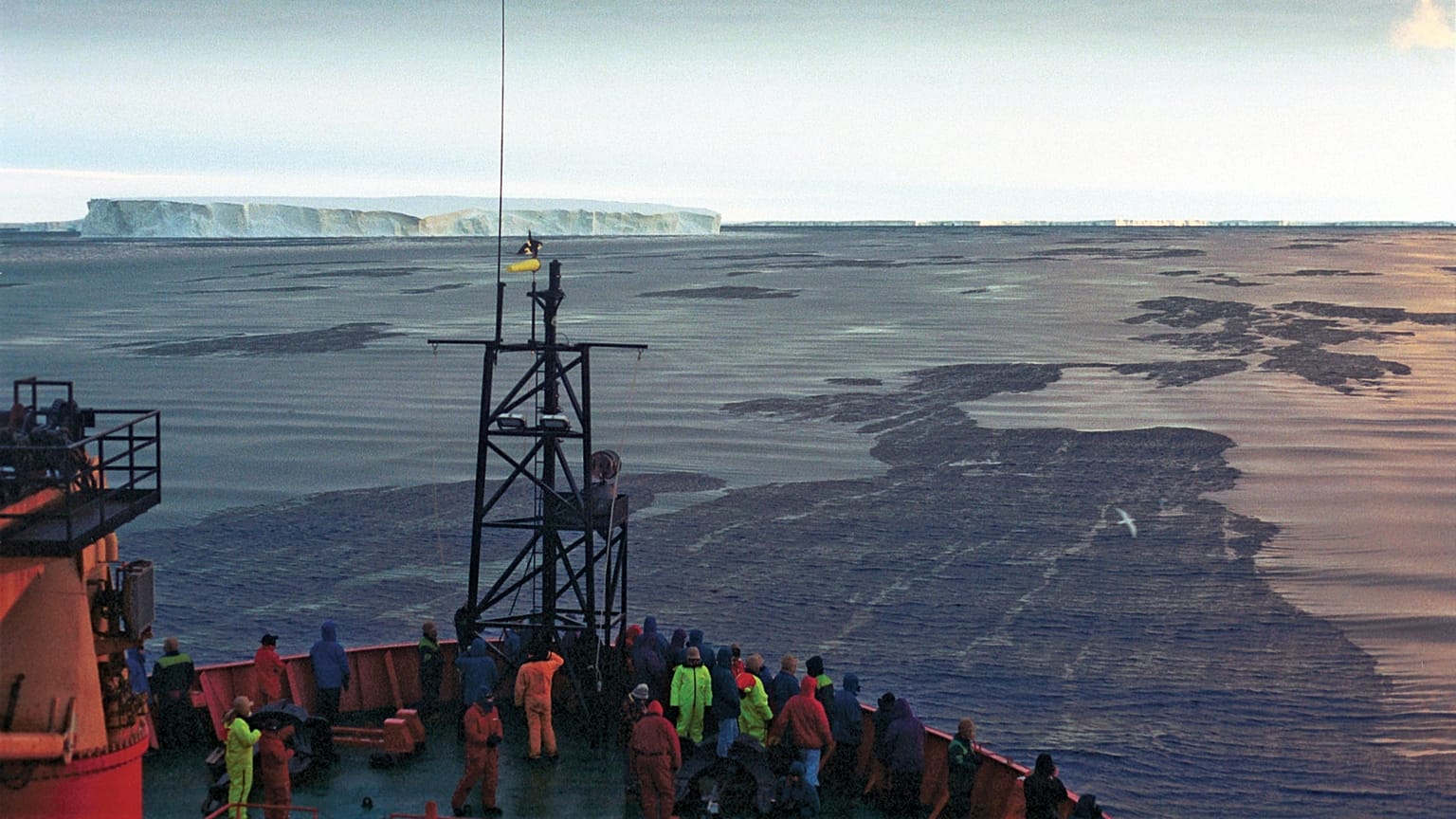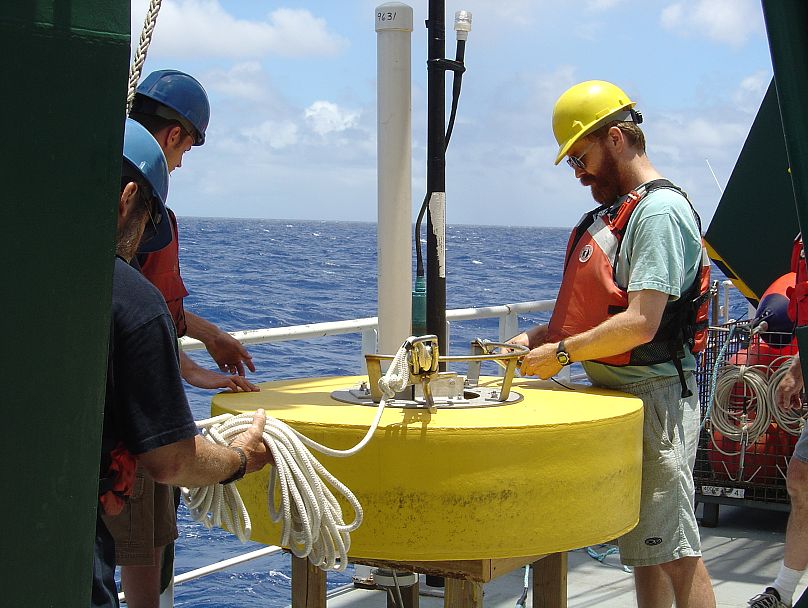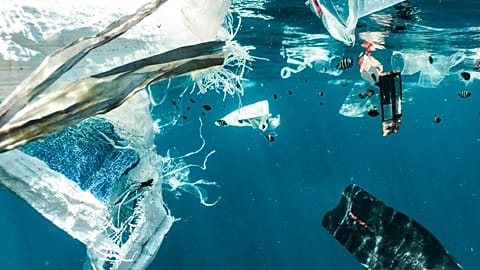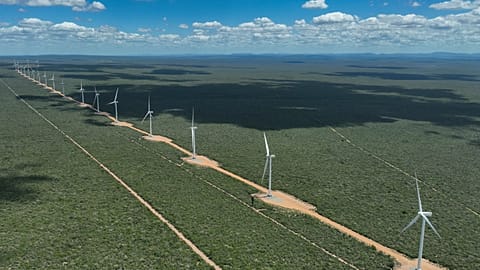There has been public backlash against the controversial technique, known as ocean iron fertilisation, in the past.
Scientists want to seed the Pacific Ocean with iron to help it capture carbon dioxide from the atmosphere.
In an article published in the journal Frontiers in Climate, they claim the controversial technique could be a low-cost, scalable and rapidly deployable way to capture carbon.
Experts from not-for-profit Exploring Ocean Iron Solutions (ExOIS) have just laid out a plan to work out how much CO2 the technique could capture and what impact it might have on marine ecosystems.
They are hoping to start trials across up to 10,000 square kilometres of ocean in the northeast Pacific as early as 2026.
“This is the first time in over a decade that the marine scientific community has come together to endorse a specific research plan for ocean iron,” says lead author of the study and executive director of the ExOIS programme, Ken Buesseler.
The programme is trying to raise $160 million (€143.7 million) to make this happen - it has already received a $2 million (€1.8 million) grant from the US’s National Oceanic and Atmospheric Administration for computer modelling.
Now the scientists plan to apply to the US Environmental Protection Agency for permission to start conducting ocean iron fertilisation trials.
How does iron help oceans to capture carbon?
Ocean iron fertilisation (OIF) is a technique where small amounts of micronutrient iron are released onto the surface of the sea to stimulate the growth of marine plants known as phytoplankton.
This rapid growth removes carbon dioxide from the atmosphere through photosynthesis. When the plankton die or are eaten, some of that carbon is captured as it sinks deep into the ocean keeping it out of the atmosphere potentially for centuries.
Though quite a lot of iron enters the ocean naturally from sources like dust blown by the wind or volcanic ash, this technique aims to speed up the process.
“Given the ocean’s large capacity for carbon storage - more than 50 times larger than the atmosphere and 15 to 20 times larger than all land-based plants and soils - enhancing the ocean’s natural ability to store carbon should be considered,” says Paul Morris, project manager for the ExOIS program.
He claims that even if all carbon emissions were stopped today, we’d still need marine carbon dioxide removal because of what is already in the atmosphere.
Why is ocean iron fertilisation controversial?
Dozens of experiments saw iron added to the ocean in the 1990s and 2000s. But OIF was banned internationally for commercial purposes in 2013 under the London Protocol - a global ocean pollution treaty - after public backlash.
Objections to messing with natural marine systems peaked when American entrepreneur Russ George dumped 100 tonnes of iron dust in the ocean off the coast of Canada, partially to boost salmon fishing.
Critics are concerned that OIF could have unknown negative effects on the ocean. They worry that fertilisation with iron would lead to so-called ‘dead zones’ where algal blooms consume all the oxygen in the water, killing other marine life. Blooms of phytoplankton could also consume nutrients making them unavailable for other organisms elsewhere.
A study carried out by French, British and US researchers last year found that adding 1 to 2 million tonnes of iron into the ocean each year could capture up to 45 billion tonnes of CO2 by 2100.
Their computer modelling also showed that it would steal nutrients from other marine organisms, however. Researchers warned that little is known about how methods like OIF would interact with the ongoing effects of climate change on marine life.
Alongside an estimated 15 per cent loss of marine biomass from global warming, they found that another 5 per cent could be lost to OIF.
Pacific Ocean project plans to monitor the impact of OIF on marine life
ExOIS says it will carry out detailed monitoring of its studies in the Pacific to determine their impact alongside advanced computer modelling.
The article notes that field studies are needed to fill knowledge gaps and work out whether OIF really is a viable method of marine carbon dioxide removal. Its authors note that moving forward, these need to be significantly larger and longer compared with previous studies.
But even at these larger pilot scales, ExOIS claims there will be no permanent changes with the iron naturally depleted and mixed back into the ocean.
“We have learned in the past that conducting inexpensive and hence inconclusive field trials, or moving ahead without appropriate checks and oversight, will shut down progress as governments and the public push back against the unknown risks of OIF and mCDR, while ignoring its potential,” the article states.
This means involving public groups in discussions about how OIF can be responsibly implemented. Buesseler adds that it will be important to give “particular attention” to groups that have been historically excluded from decision-making about ocean spaces.



















